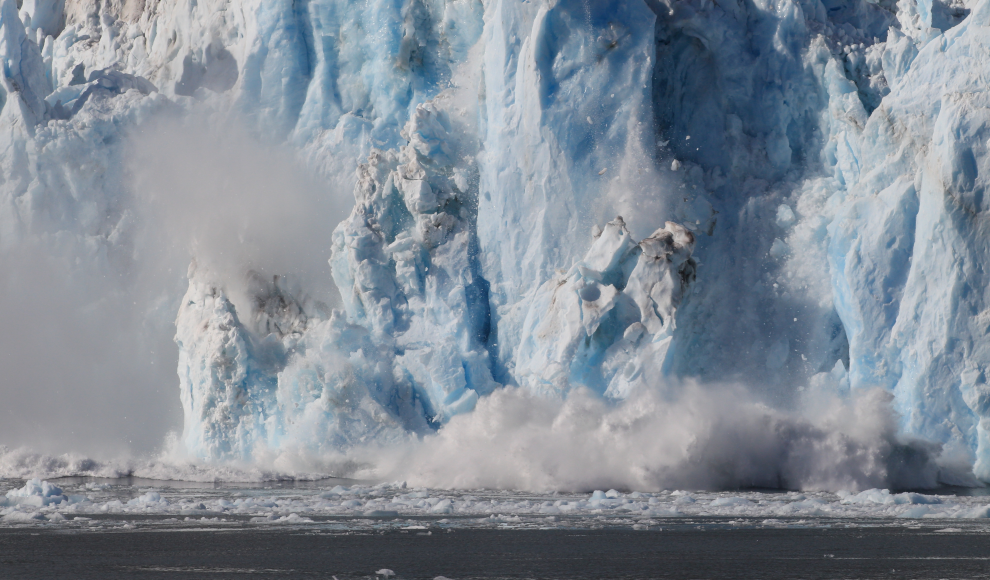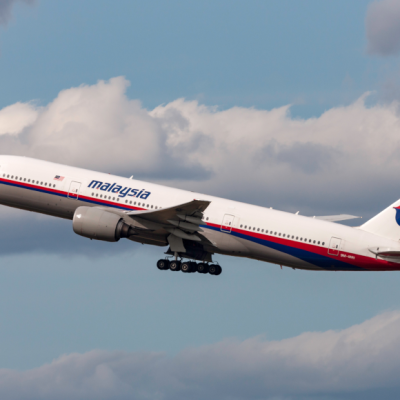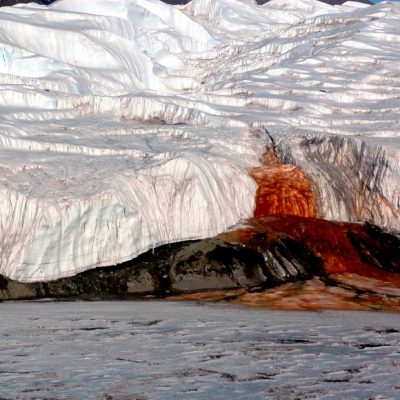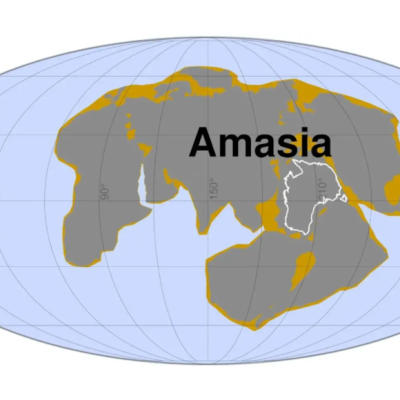A massive iceberg calving event at the William Glacier in Antarctica was recently observed by the British Antarctic Survey’s research vessel, James Clark Ross. The calving event resulted in the detachment of an ice surface area of 78,000 square meters, with a height of over 40 meters, and a total volume of up to 20 million cubic meters. This caused a significant displacement of water in the ocean, resulting in tsunamis that were detected by oceanographic measurements. The tsunamis caused the mixing of water layers, resulting in the distribution of nutrients that benefited the plankton at the surface.
The William Glacier in Antarctica experiences one to two calving events per year, where large amounts of ice break off and fall into the ocean. Recently, the British Antarctic Survey’s research vessel, James Clark Ross, anchored in the Borgen Bay on the Antarctic Peninsula, observed a calving event. For the first time, scientists were able to witness the impact of calving on the ocean in real-time. The calving event resulted in the detachment of an ice surface area of 78,000 square meters, with a height of over 40 meters, and a total volume of up to 20 million cubic meters. This caused a significant displacement of water in the ocean, resulting in tsunamis that were detected by oceanographic measurements. The tsunamis caused the mixing of water layers, resulting in the distribution of nutrients that benefited the plankton at the surface.
According to Michael Meredith, the scientists previously believed that other events caused this mixing, such as wind and tides in the summer. However, they never considered that iceberg calving could cause internal tsunamis that would mix everything so strongly. The mixing of water layers caused by the tsunamis broke through the stable layers of cold water that were above the warmer water in the Borgen Bay, resulting in the equal distribution of nutrients that benefited the plankton at the surface. The study highlights the importance of understanding the impact of calving events on the ocean and the ecosystem.










